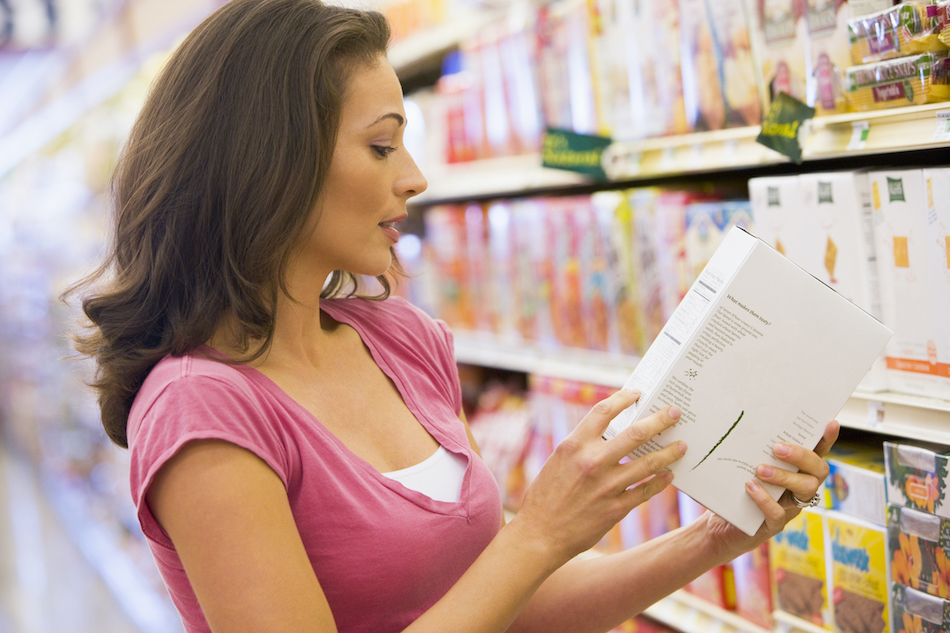The marketing machine that’s behind the food industry often leads consumers to be confused or misled by their claims. This is why your need to understand how to read a food label properly.
Many tease or give consumers a false sense of eating healthy; leading them to eat more processed and packaged foods — which has ultimately led to the many widespread Western diseases we see today.
Here is just some of what a common food label means
Fortified, enriched, added, extra, and plus
Nutrients such as minerals and fiber have been removed, and then vitamins are added back during processing. Instead, look for 100 percent whole grains (really, most people are better off avoiding wheat and for some, even gluten) and high-fiber, low-sugar cereals, or even better, increasing your intake of vegetables.
Fruit drink
Probably little or no real fruit, and a lot of sugar. Instead, look for products that say “100 percent Fruit Juice,” and consume in moderation. Even better, eat a piece of fruit instead.

Made with wheat, rye, or multi-grains
This means the product has very little whole grain content. Look for the word “whole” before the grain to ensure that you’re getting a 100 percent whole-grain product.
Natural
This means the manufacturer started with a natural source, but once it’s processed, the food may not resemble anything natural. Instead, look for “100 percent All Natural” and “No Preservatives.”
Organically grown, pesticide-free, or no artificial ingredients
Trust only labels that say “Certified Organically Grown” and have a national organic seal.
Sugar-free, reduced-fat, or fat-free
Don’t assume the product is low-calorie. The manufacturer compensated for the change in texture with unhealthy ingredients that don’t taste very good, and some of these products have no fewer calories than the real thing. Also, sugar-free foods are most likely to be sweetened with artificial sweeteners — which are toxic chemicals for your brain.
The term ‘whole grain’ is allowed to be used very loosely
The nutritional value of flour made from whole grain is quite different from when you eat the grain in its entirety — such as when you cook quinoa, brown rice, or millet.

Zero trans fat
This label is allowed on foods that contain less than 0.5 grams of trans fat per serving. No amount of trans fat is recommended, and it only takes 2 grams of trans fats to show its harmful effect.
Here are a few extra things to keep in mind when you look at an ingredient list
- Ingredients are listed in order from the greatest amount to the least
- The fewer the number of ingredients, the better
- The first or second ingredient should be what the packaging claims the product to be
- If the first ingredient is “sugar,” put it back!
- If the first ingredient says “enriched wheat flour”… think twice
- If there’s a long list of scary-sounding ingredients you can’t pronounce… not a good idea!
- Say no to artificial sweeteners, colorings, and flavorings — they mess with your brain!








